We can't find the internet
Attempting to reconnect
Something went wrong!
Hang in there while we get back on track
Phoenix Framework
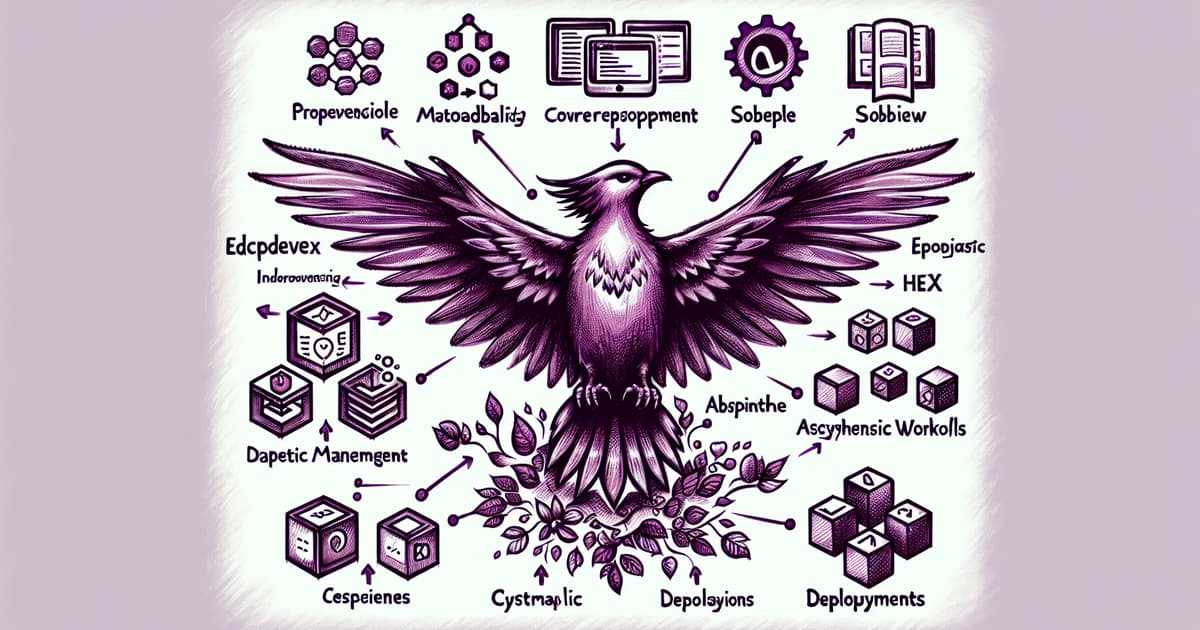
The Phoenix framework stands out in the Elixir ecosystem for its robust capabilities in web development, supported by comprehensive documentation and a supportive community. Developers have shared experiences working on commercial projects with Phoenix and LiveView, emphasizing the ease of integrating complex UI elements and ensuring real-time updates. Recent advancements include using Rust for performance improvements and introducing LiveView hooks for external libraries like SortableJS, enhancing UI customization. Furthermore, Phoenix's efficient handling of associations in Ecto simplifies relational management in applications. Concurrently, developers have noted the benefits of maintaining modular codebases and optimizing live updates, contributing to a streamlined development process.
A diverse set of tools such as Hex, Sobelow, and async workflows in LiveView attribute to Phoenix's extensive ecosystem. The introduction of libraries like Absinthe for GraphQL and components for handling upgrades and modifications highlights Phoenix's adaptability. Additionally, Phoenix's integration with tools like Fly.io leverages global distribution, facilitating scalable deployments. Real-time functionalities like LiveView Uploads further augment its dynamic capabilities, making Phoenix a versatile framework for modern web application development.
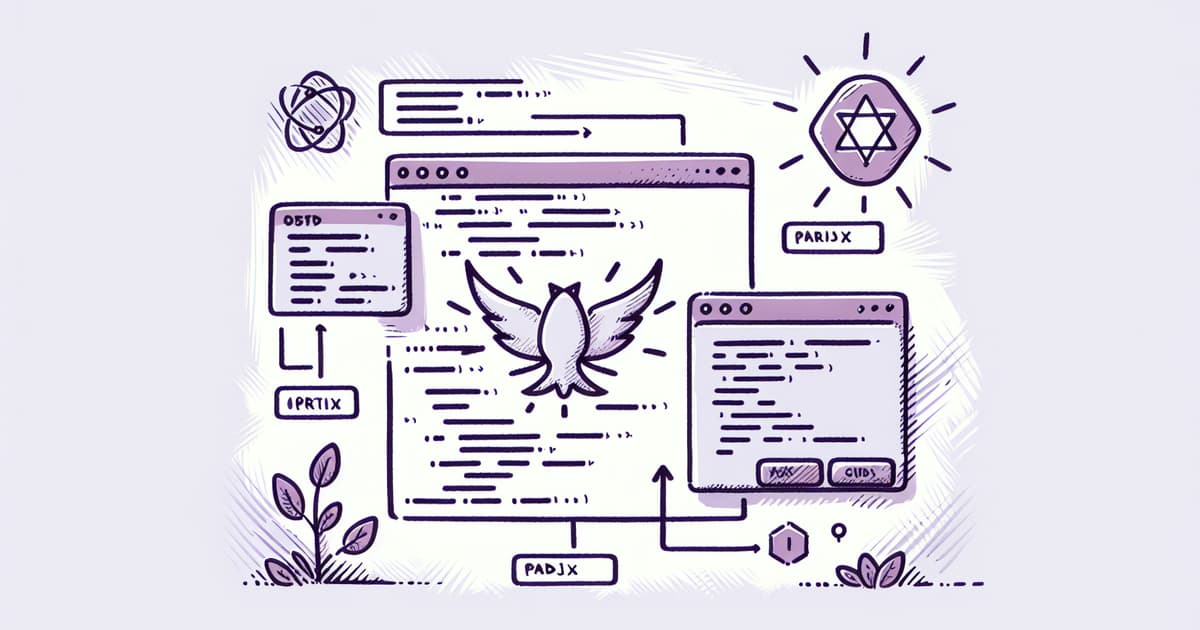
Troubleshooting esbuild Issues with Node.js Package in Phoenix Framework
WoT_Abridged shares an experience of encountering esbuild build errors after adding the TipTap node.js package to a Phoenix project. The author seeks assistance in resolving path issues that arose during deployment.

Launch of Bloom - A Component Library for Phoenix
Author bustyLaserCannon introduces Bloom, an open-source Phoenix component library that allows for the easy installation of UI components.
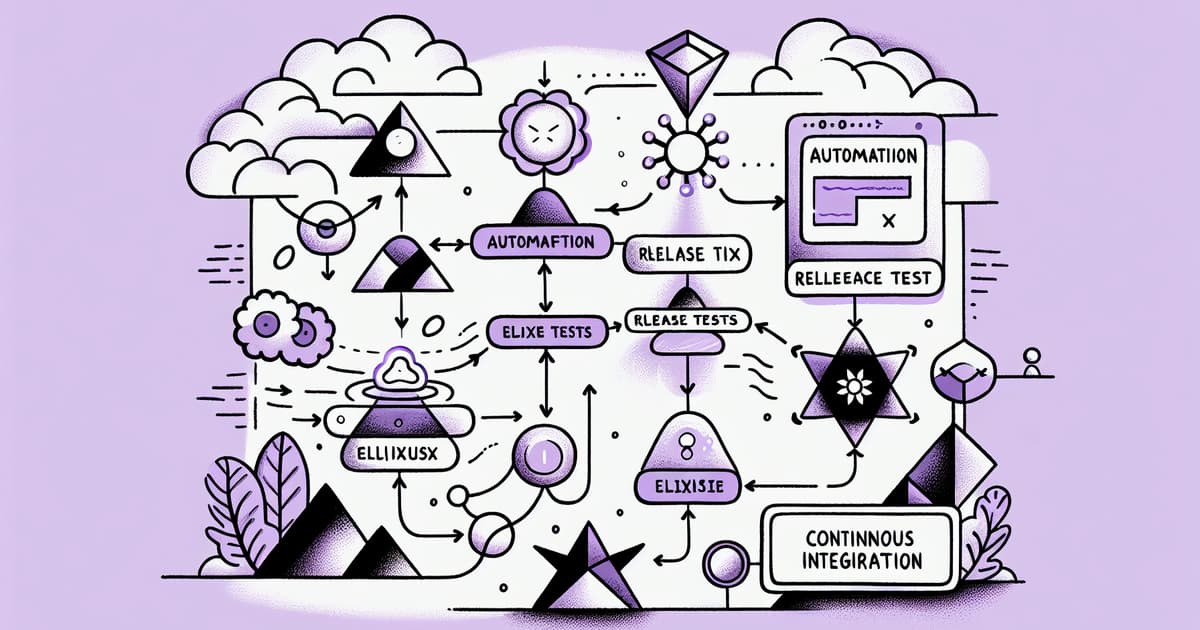
Automating Elixir Release Tests in Continuous Integration
Almir Sarajčić discusses the importance of testing Elixir releases in Continuous Integration (CI) environments to ensure that all aspects of an application work correctly in production, including dependencies and third-party applications.

Integrating Mermaid JS with Phoenix LiveView
Author skwyckl discusses challenges in rendering Mermaid JS graphs within a Phoenix LiveView web app and seeks post-processing solutions.

Learning Elixir as a C# Developer
7turtlereddit is seeking advice on how to effectively learn Elixir, specifically when transitioning from C-style OOP languages like C#.

Problem Deploying Phoenix App on Fly.io with Custom Domain
WoT_Abridged encountered a deployment issue with their Phoenix project on Fly.io using a custom domain, 'wordsmith.pub'. Despite setting up DNS and certificates, their custom domain displays a 'Something went wrong' error, while the fly.dev URL works fine.

Lexical Language Server Protocol 0.6 Update
The release of Lexical LSP 0.6 introduces document and workspace symbols supported by a robust indexing infrastructure, performance improvements including a 3600x speed-up on large codebases, better Phoenix controller completion support, and an improved sorting scheme for completions.

Reflections on a Failed Student Housing App Project
Steve Frank shares his experiences with a Proof of Concept (PoC) Elixir application for student housing that will no longer be used, including an exploration of the Elixir stack and tools he found useful during development.

Understanding Elixir's Beautiful Abstractions and Frameworks
Bruce Tate delivers a keynote discussing how Elixir's frameworks and tools like Nerves, LiveView, NX, and LiveBook provide a natural and coherent development experience. He explores OTP behaviors, the use of macros in Phoenix and LiveView, and the overall elegance of Elixir's tooling in managing complexity and concurrency.
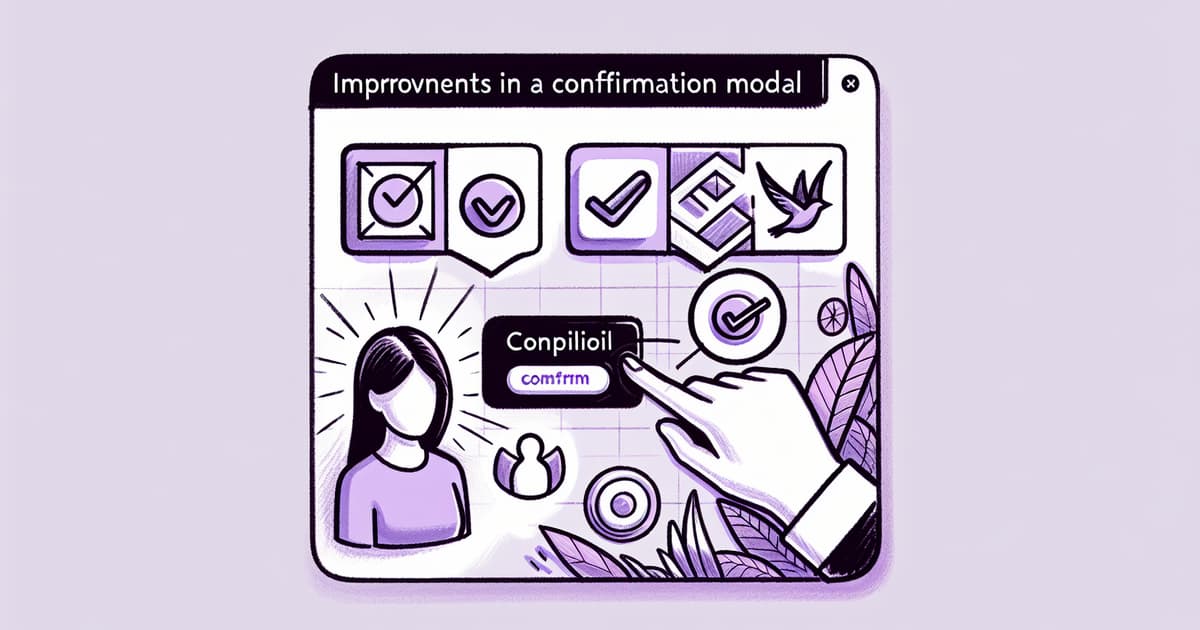
Improving Confirmation Modals in Phoenix LiveView
The article discusses the typical user experience of confirmation modals in Phoenix LiveView, which uses window.confirm, and suggests it is not suitable for production due to suboptimal user experience.

Developing Offline-Capable Applications Using Phoenix LiveView with Svelte
Tony Dang discusses his journey of learning Elixir by building an offline-capable todo app using Phoenix LiveView and the LiveSvelte package.

In-depth Discussion on Reporting with Elixir: Challenges and Strategies
In the podcast episode 'Saga of a Gnarly Report,' Elixir Wizards Owen and Dan discuss the intricacies of creating advanced reporting features using Elixir/Phoenix and Ruby on Rails. The conversation covers topics such as data modeling, architectural decisions, and optimizing data handling for reports.

Generating PDFs for Authenticated Pages in Elixir
John Curran discusses a method for generating downloadable PDF versions of web pages that require user authentication within Elixir applications.

Building Multitenant Applications with Phoenix and Ecto
Eli Kroumova's talk at ElixirConf EU 2023 focused on creating multitenant web applications using Phoenix and Ecto, where a single application instance serves multiple clients with isolated data in a shared database architecture.

Integrating File Uploads with Trix Editor in Phoenix
In this article, Jason Kaniekete shares his discoveries on how to integrate file uploads using the Trix editor within a Phoenix framework application. He discusses setting up the Trix editor, handling local and external file uploads, and managing file deletion.

Graceful Exception Handling in Phoenix Applications
Peter Ullrich discusses strategies for handling and mitigating the noise from exceptions in Elixir's Phoenix framework.

Using Phoenix Framework without Components or LiveView
the_pavonz is inquiring about maintaining a traditional templating approach within Phoenix, similar to Rails, without adopting the newer Components or LiveView features.

Discussion on Elixir's Role in Software Development with Eduardo Borsa
Eduardo Borsa, a Senior Software Engineer, shares his experiences in the podcast, covering his journey in software engineering, his discovery of Elixir, and the projects and technologies he finds compelling. Borsa details his current role at Loomis, Sayles & Company, which, while not currently Elixir-focused, still incorporates lessons from his past Elixir work.

Evaluation of Phoenix Admin Frameworks for Elixir
Erik Näslund provides a subjective evaluation of various admin frameworks available for the Phoenix framework in Elixir, specifically for his needs in an application.
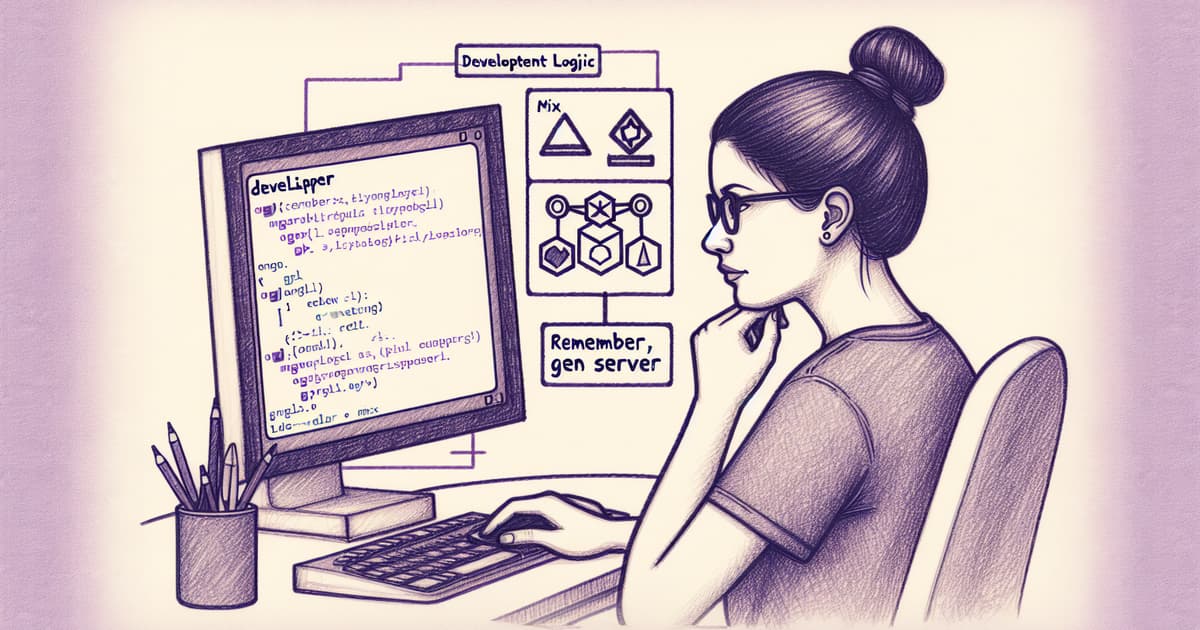
Setting Up Development-Only Logic in Elixir Projects
Dan Schultzer discusses a method for setting up development-only logic in Elixir, using a separate _dev directory and adjusting configurations to ensure a clear distinction from production code.

Custom HTTP Error Handling in Elixir Phoenix REST APIs
Nicholas Moen provides a guide on how to raise custom HTTP error responses in a REST API built with Elixir and Phoenix.
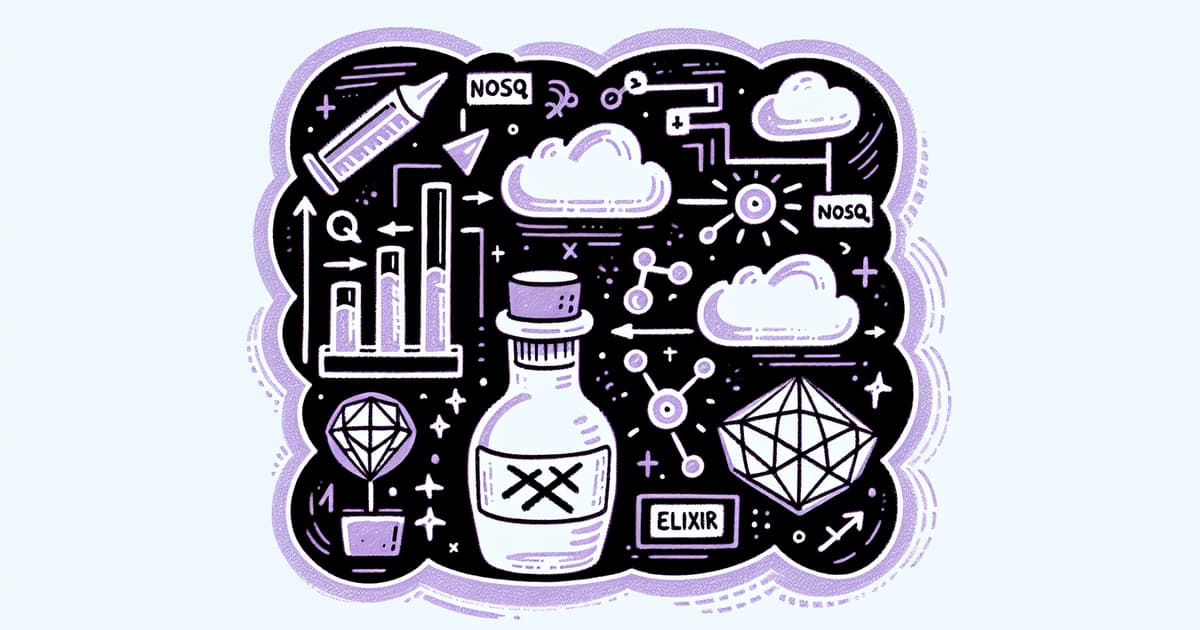
Debunking NoSQL Misconceptions and Its Synergy with Elixir
Author gimmemypoolback discusses the misplaced skepticism around NoSQL databases, particularly in modern development practices, and its potential for seamless integration with Elixir.
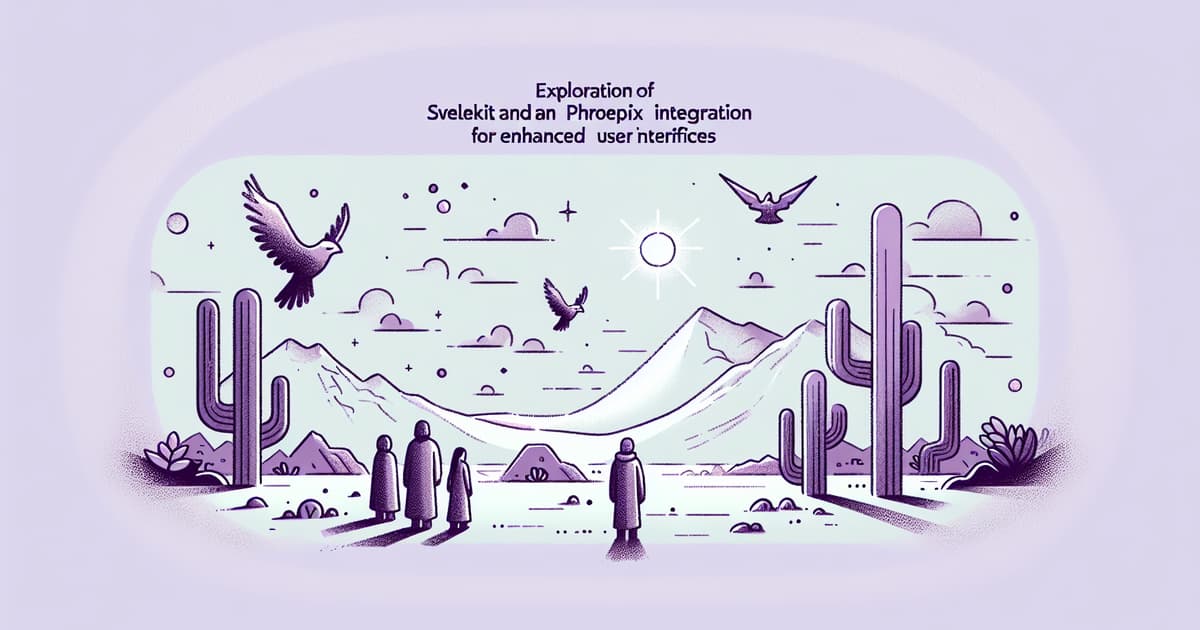
Exploring SvelteKit and Phoenix Integration for Enhanced UI
TheKaiserMax is working on a project, exploring the integration of Elixir and Phoenix with Svelte and SvelteKit for UI development. They are considering using the new Runes feature in Svelte 5, to manage state across the application and connect to Phoenix sockets.
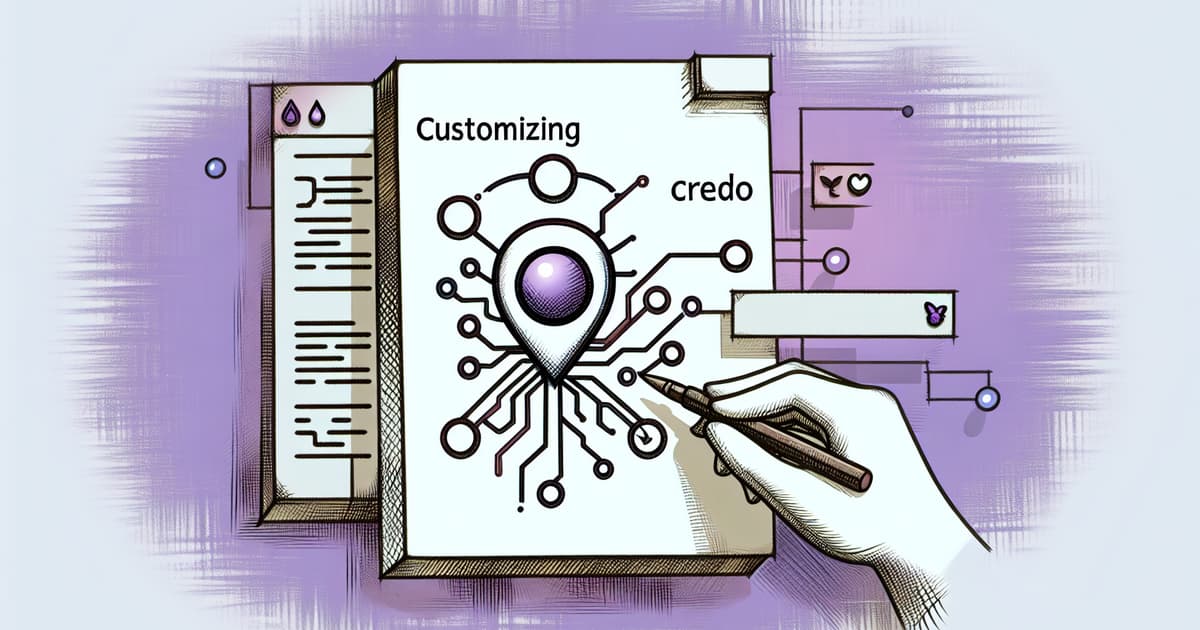
Customizing Credo for Enhanced Code Analysis in Elixir
The article outlines how to customize the Credo static analysis tool for Elixir projects, providing tips on enabling strict mode, disabling certain checks, and including others deemed essential by the author.

Ecto Migrations and Associations in Elixir Projects
This piece covers the essentials of working with Ecto migrations and handling data associations in Elixir, guiding through creating migrations, adding indexes, dealing with associations, and generating schemas for an Elixir project.
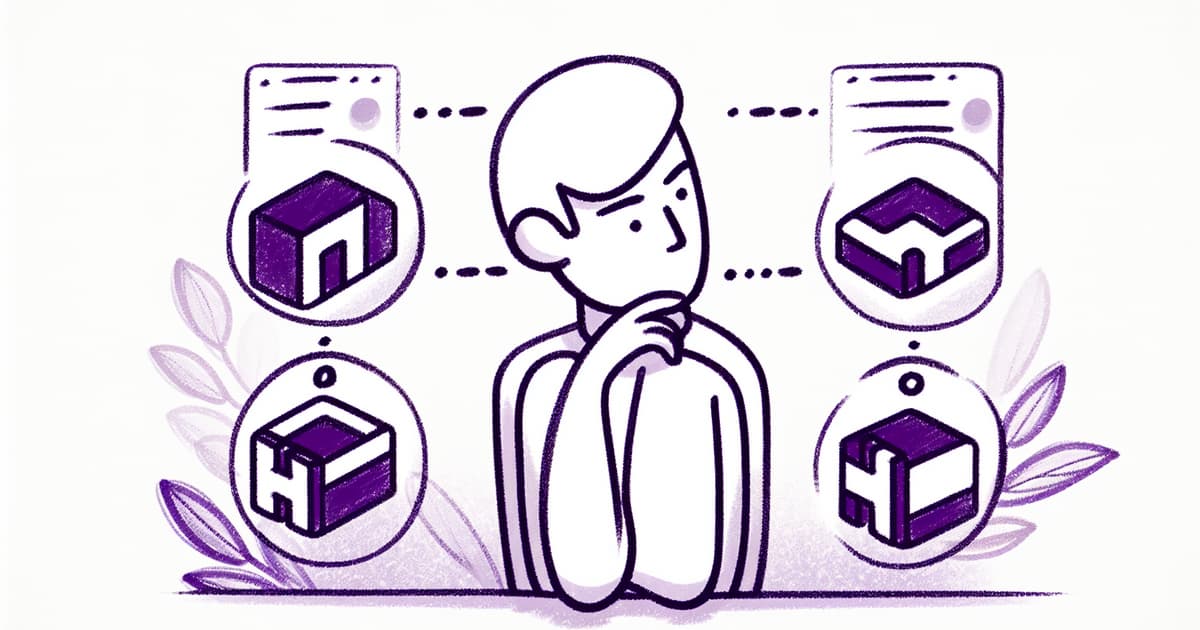
Choosing an HTTP Client Library in Elixir
ringbuffer__ seeks recommendations on which HTTP client library to use in Elixir.

Creating a Visitor Counting Website Using Elixir and Phoenix
Author Temal shares his experience creating a globally distributed visitor counter web application using Elixir, Phoenix Framework, and various technologies.
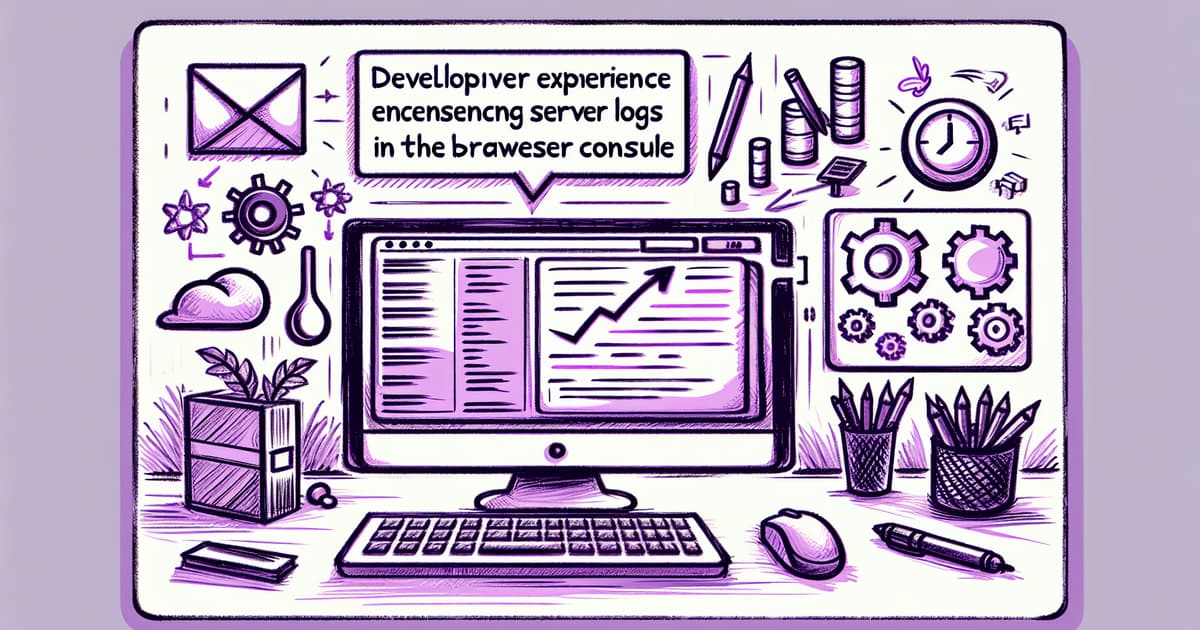
Enhancing Developer Experience with Server Logs in the Browser Console
Chris McCord discusses the integration of server logs directly into the browser console for an improved development experience in Phoenix applications.
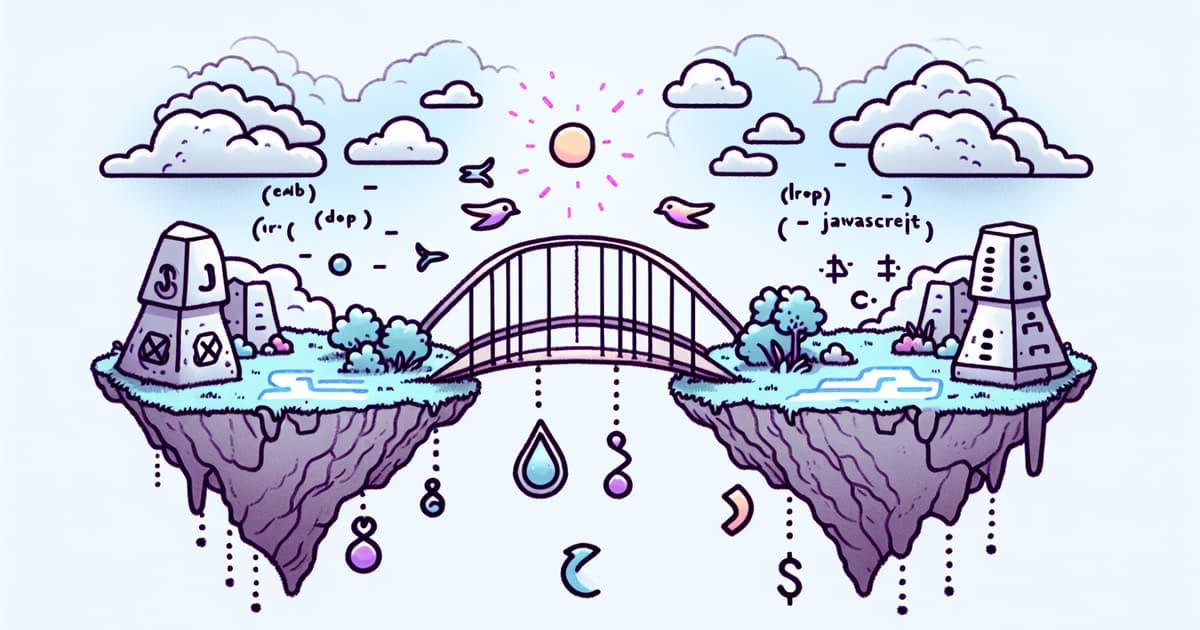
Transition to Elixir and Phoenix from JavaScript Ecosystem
Ben Reinhart discusses his transition from Next.js to Phoenix, detailing how Elixir has enhanced the operations and efficiency at Axflow.

Discussing Elixir's Role in Developing the Erlang Ecosystem
The discussion features insights from Francesco Cesarini, founder of Erlang Solutions, and Andrea Leopardi, a member of the Elixir Core Team. They delve into the evolution of Erlang from a singular language to a diverse ecosystem, detailing the emergence of various languages on the BEAM and the influence of Elixir on Erlang's ongoing development.

Developer's journey from Rails to Phoenix
Meatyroach discusses their experience moving from a decade of JavaScript fatigue to learning Rails and then considering a switch to Phoenix.

Assessing Elixir and Cloudflare Workers for Managing Websockets at Scale
NotASithLord7 discusses choosing between Elixir and Cloudflare Workers for an application designed to maintain numerous parallel websocket connections with scalability in mind.

Implementing Content Security Policy in Phoenix LiveView
Dan Schultzer discusses how to set up a Content Security Policy header in a Phoenix LiveView application to improve security.

Inquiry about Phoenix Video Course Resources
TwoWrongsAreSoRight is seeking recommendations for good Phoenix video tutorials to supplement their learning from the Pragmatic Studio Elixir course.
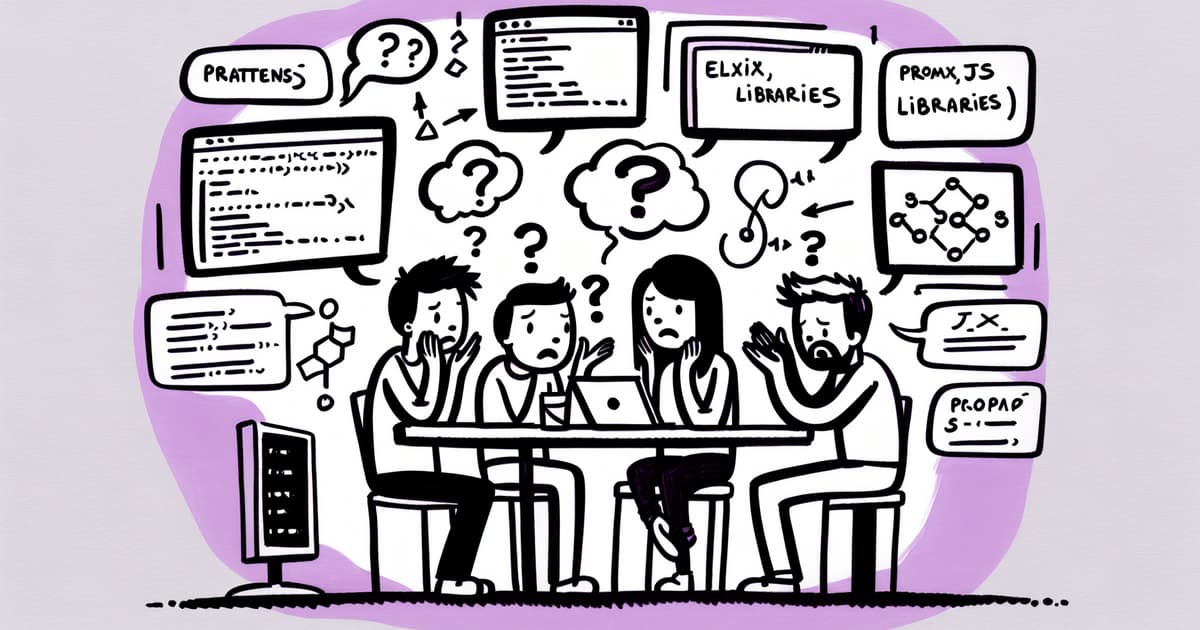
Discussion on Elixir Patterns, PromX Libraries, and JS Integration
Alex Koutmos joins the EMx podcast to explore his upcoming book on Elixir design patterns, frustrations with college textbooks, Rust and Zig integration in Elixir, development of PromX library, and secure JS execution within Elixir apps.
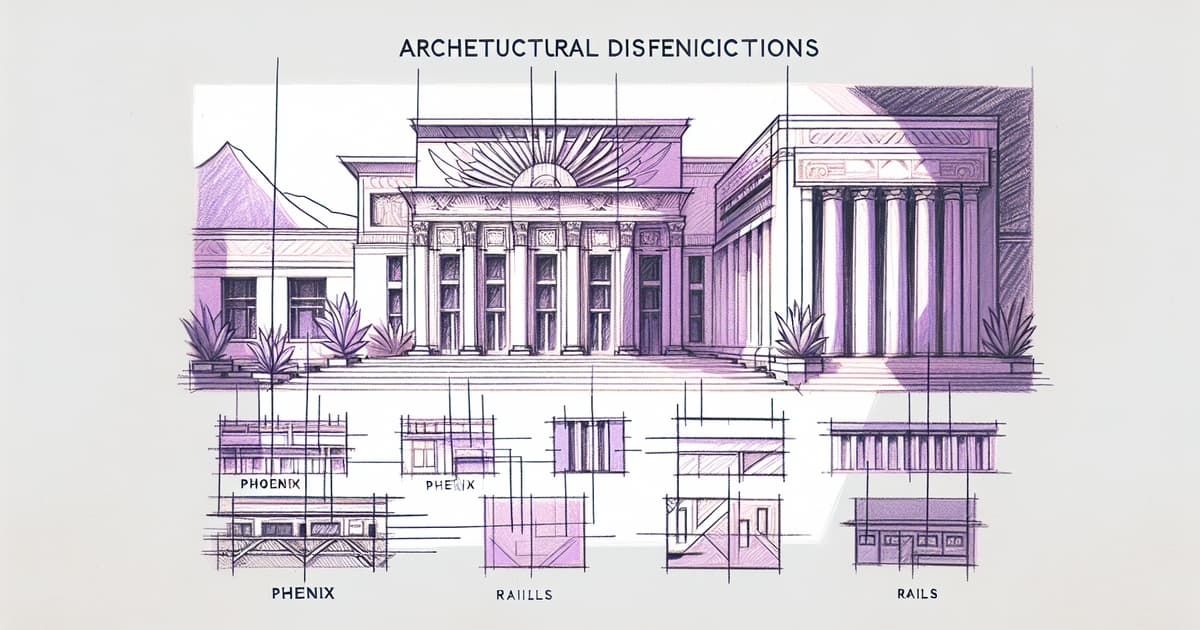
Architectural Distinctions between Phoenix and Rails
George Arrowsmith discusses the concept that 'Rails is not your application' and contrasts it with Phoenix's approach to application structure.

Implementing OpenTelemetry in Elixir Applications
The author discusses their experience incorporating OpenTelemetry into a LiveView Elixir application designed to parse FIT files for personal analytics relating to file processing times and failure rates.

Understanding and Utilizing Mix Releases in Elixir/Phoenix Projects
Andrew Stewart offers insights into utilizing Mix Releases for Elixir/Phoenix projects, covering documentation, practical aspects, and Docker compatibility.

Enhancing UX for Collaborative Tools with Phoenix and React
Tyler Young shares insights from Felt's development of a collaborative, 'multiplayer' editing tool using Phoenix and React. The talk explores solutions to challenges in delivering a great user experience for real-time collaboration.

Creating Idempotent Database Seeding in Elixir
Agathe Lenclen discusses strategies to create idempotent seeds in Elixir applications, ensuring a clean and predictable development database.

Using Cond Calculations in Ash Framework
Mykolas Mankevicius shares insights on implementing conditional logic in Ash calculations for Elixir resources.

Integrating Svelte with Phoenix LiveView for Enhanced Reactivity
Wout De Puysseleir introduces LiveSvelte, a project that integrates Svelte into Phoenix LiveView applications to provide end-to-end reactivity.

Inquiry About Using JSX in Phoenix
BebeKelly asks if anyone has experience using JSX in Phoenix and whether it was worthwhile.
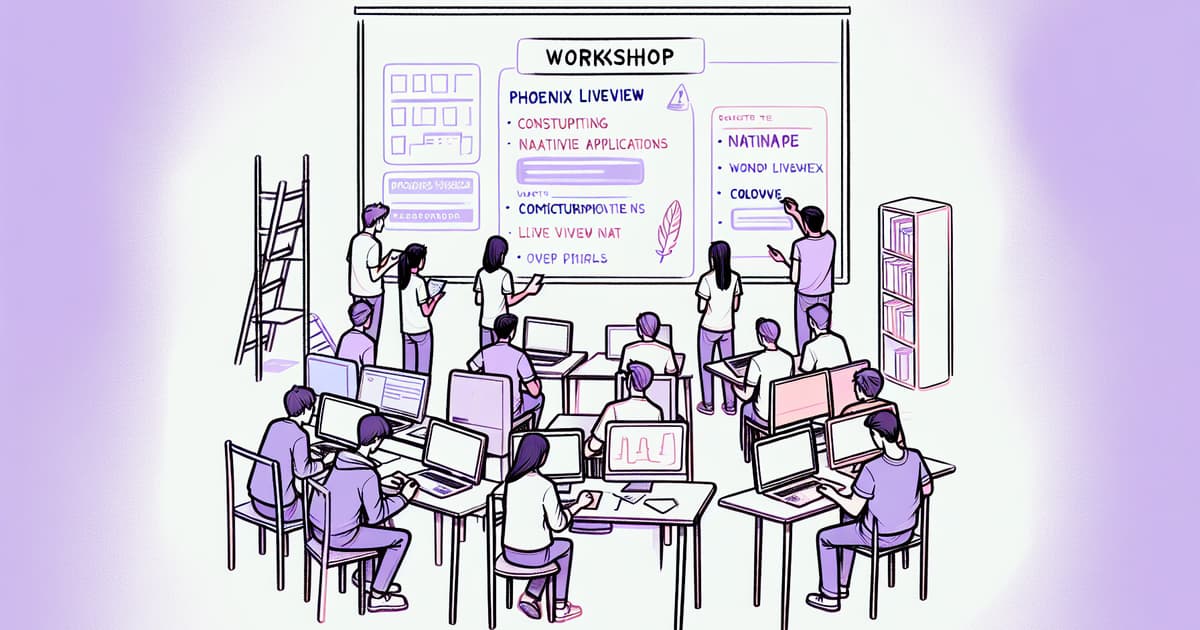
Workshop on Building Native Applications with Phoenix LiveView and LiveView Native
Instructor Brooklin Myers, associated with DockYard, leads a workshop on creating LiveView Native applications. Participants learn to combine Livebook interactive notebooks with LiveView Native to extend Phoenix LiveView applications for native functionality, focusing on iOS development.

Optimizing Elixir Project Structure for Scalability
Goulven CLEC'H discusses strategies to organize and scale an Elixir/Phoenix project based on their experience at a real estate startup.
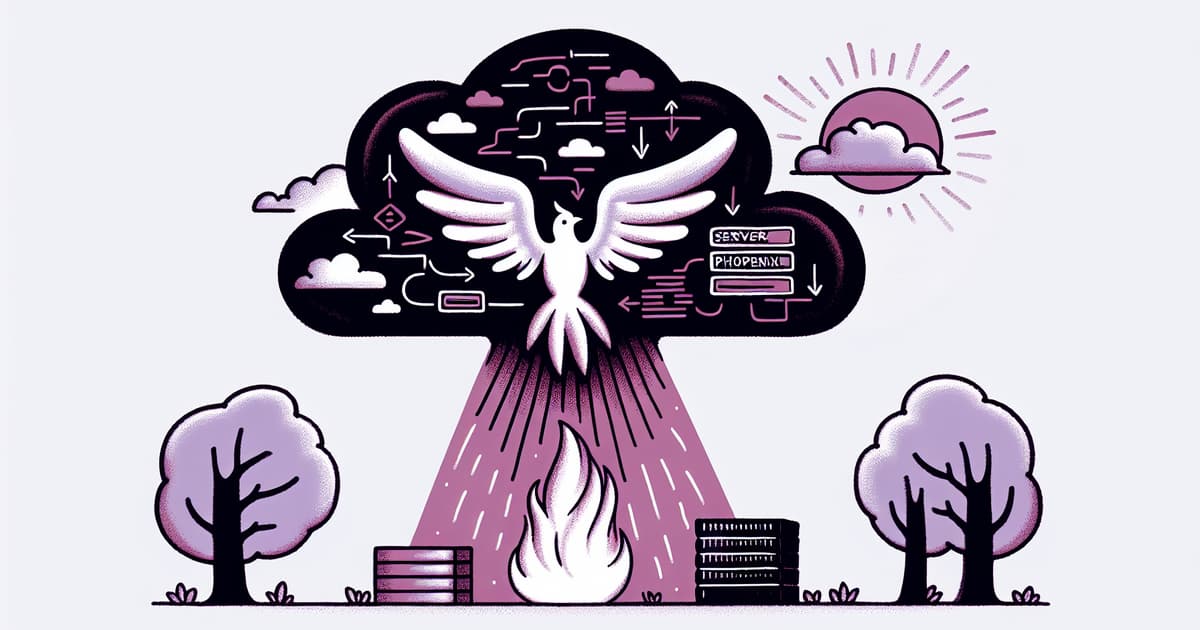
Transitioning from Serverless to Phoenix with Elixir
Erik Guzman discusses the process of transitioning a serverless application to a Phoenix one using Elixir. He shares his experience of overcoming the challenges presented by serverless architectures and NoSQL databases, such as vendor lock-in and unpredictable costs, and demonstrates how Elixir and Phoenix can offer a more reliable and efficient solution.

Rethinking LiveView's Potential
Jason Stiebs, a core team member of LiveView, shares his initial skepticism about LiveView and how his perspective has changed. He acknowledges his initial resistance due to negative experiences with previous technologies and being jaded by the JavaScript ecosystem. However, after using LiveView in various production projects, from replacing old SPAs to adding interactivity to static sites, he realized its potential.

Building Embedded Web Apps with LiveState in Elixir
In a talk by Chris Nelson, a new approach for building embedded web applications with Elixir using LiveState is introduced. Instead of relying on APIs, LiveState offers a LiveView-like experience in environments where the front end is not served by Phoenix.

Launching Elixir and LiveView on a Large Scale with Lessons from Cars.com
Zack Kayser shares the experience of re-platforming Cars.com with Elixir, Phoenix, and LiveView.

Improving App Performance with LiveView Flame Graph Profiling
DockYard Staff Software Engineer Mike Binns explains the advantages of using Flame On, a LiveView component, for profiling and identifying performance issues in Elixir/Phoenix applications. He details how inefficiencies can affect application performance and how Flame Graphs can be utilized effectively.
© HashMerge 2025